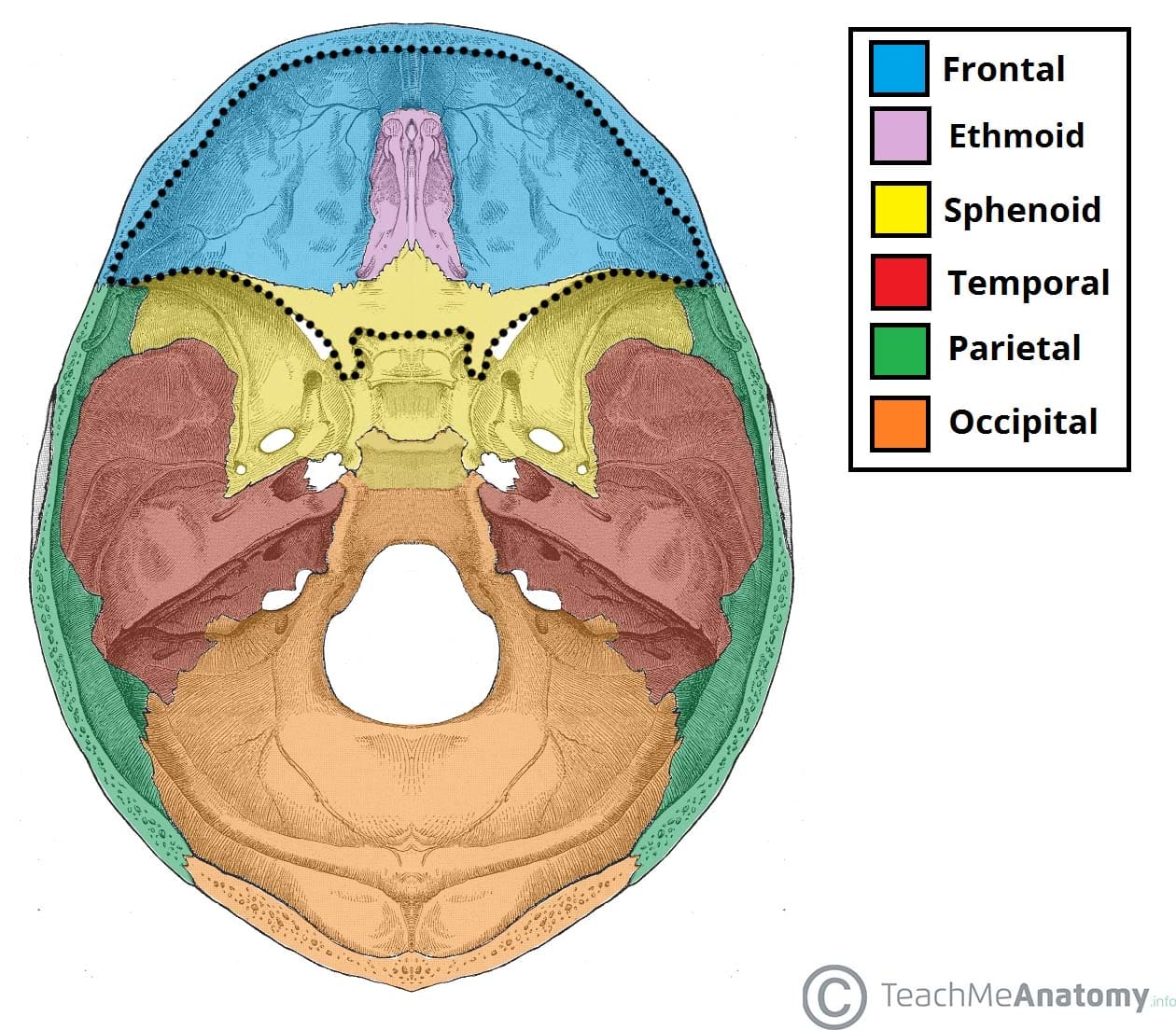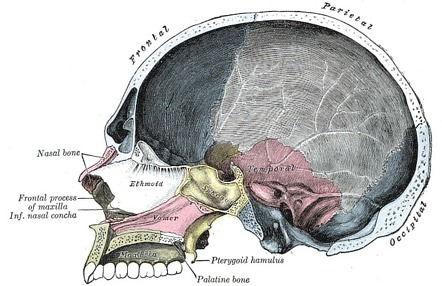Ethmoid Roof Defect

Asymmetry of the ethmoid roof is an important anatomic variation seen on ct scan that has the potential for disastrous complications in ess.
Ethmoid roof defect. The ethmoid bone ˈ ɛ θ m ɔɪ d. The ethmoid bone forms the area of the skull at the roof of the nose where it sets the nasal cavity apart from the brain thus the ethmoid is right between the two orbits which contain the eyes. The ethmoid labyrinth is covered by the fovea ethmoidalis of the frontal bone and separates the ethmoidal cells from the anterior cranial fossa. The fovea ethmoidalis is an extension of the orbital plate of the frontal bone and forms the lateral part of the ethmoid roof.
Free mucosal graft from septum or turbinate is placed over the defect. References promoted articles advertising edit article share article. At times these defects can be missed during the course of the operation and this can be attributed by the defect size and csf fl ow rate. Osteodural defects related to the sphenoid roof are rare.
Underlay cartilage bone graft placed extra durally in large defects. The ethmoid bone is one of the bones that make up the orbit of the eye. The size of the defect was the same as rope the diameter of nasal packing about 1 mm fig. Defects are encountered at the ethmoid roof cribriform plate and sphenoid sinus.
Edges of skull base defect are identified and freshened. The midline sphenoid sinus was the third most common location with 5 17 8 of 28 defects recognized in this location. Graft is held firmly in place with absorbable packing material. Report problem with article.
Spontaneous traumatic or iatrogenic skull base defect. The defect in the skull base was in the medial medium part of the ethmoid roof. The keros classification is a method of classifying the depth of the olfactory fossa. Accurate diagnosis is crucial to avoid the devastating consequences.
The roof was affected anterior to the tuberculum sellae in 3 of our patients and the posterior wall in 2 patients. The mucosal edges have been freshened and preparation is made for. Fascia lata and adipose tissue grafts were taken to close the defect. From greek ethmos sieve is an unpaired bone in the skull that separates the nasal cavity from the brain it is located at the roof of the nose between the two orbits the cubical bone is lightweight due to a spongy construction.
The very thin horizontal cribriform plate lamina cribrosa of the ethmoid bone is bounded laterally by the vertical lateral lamella.
















